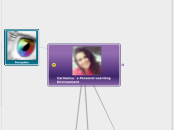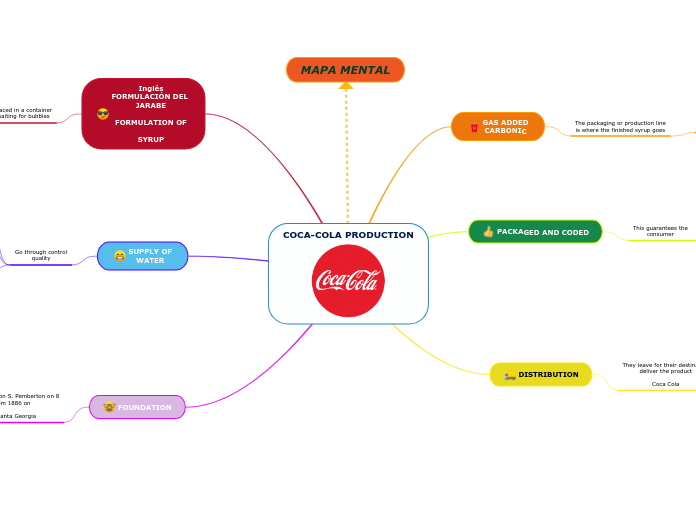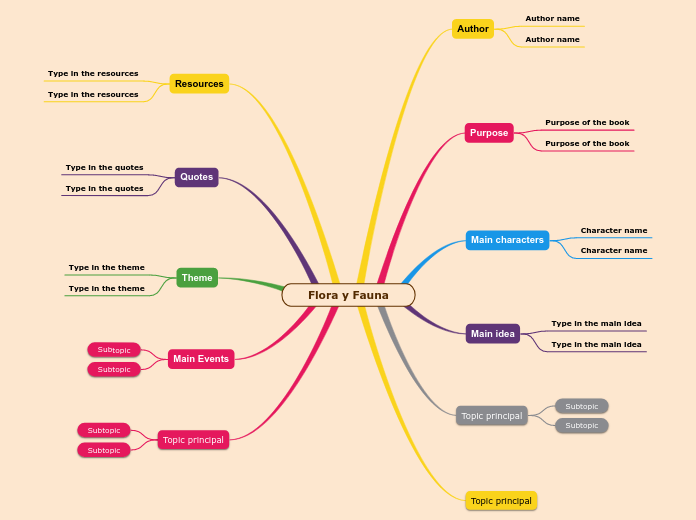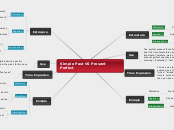Виды электронных изданий
The part of speech is a category to which a word is assigned according to its syntactic functions. In English the main parts of speech are noun, pronoun, adjective, determiner, verb, adverb, preposition, conjunction, and interjection.
по хар-ру взаимод-ия с пользователем
A conjunction is a word like 'if' 'but' or 'and' which is used to connect sentences or clauses together.
интерактивное
Subordinating conjunctions are conjunctions that are used at the beginning of subordinate clauses. Some examples of these conjunctions are: although, after, before, because, how, if, once, since, so that, until, unless, when etc.
Although it was raining, I went out.
детерминированное
Coordinating conjunctions always connect phrases, words, and clauses. They are: for, and, nor, but, or, yet, so.
This stew is savory and delicious.
по технологии распространения
A preposition is one of the most exciting parts of grammar. A preposition is used to describe the location of something in relation to something else.
комплексного распространения
When a preposition consists of more than one word, it is called double preposition.
into, within, upto etc.
сетевого распространения
Compound preposition consists of two or more words.
on behalf of, according to, in front of, from across, etc.
локальное
When a preposition consists of one word it is called single or simple preposition.
in, at, on, to for, of, from, up, after, over, under, with, etc.
по целевому назначению
An interjection is used to express emotion in a sentence.
Think of other interjections!
информационное
художественное
рекламное
для досуга
справочное
социально-политическое
учебное
нормативное
практическое
научно-популярное
научное
официальное
по природе осн. информации
An adverb is used to describe a verb, but it can also describe an adjective or another adverb.
Adverbs normally help paint a fuller picture by describing how something happens.
мультимедийное
The intensifiers strengthen adverbs adjectives and adverbs and down- toners make them weaker.
down-toners
Fairly, Rather
intensifiers
Extremely, Very
аудиоиздание
Just, Afterward, Soon, Currently
изобразительное
Always, usually, Never
текстовое
Carefully, Slowly
по новизне публикации
A numeral is a word or phrase that describes a numerical quantity.
Some theories of grammar use the word 'numeral' to refer to cardinal numbers that act as a determiner to specify the quantity of a noun, for example the 'two' in 'two hats'.
деривативное
One, two..
самостоятельное
First, second..
по структуре
An article is a word used to modify a noun, which is a person, place, object, or idea. Technically, an article is an adjective, which is any word that modifies a noun.
многочастное
Indefinite articles are the words 'a' and 'an.' Each of these articles is used to refer to a noun, but the noun being referred to is not a specific person, place, object, or idea. It can be any noun from a group of nouns.
A car in the parking lot.
одночастное
It refers directly to a specific noun or groups of nouns.
The breakfast on my plate.
по способу установки
A pronoun is a word that can be used in place of a noun, typically after the noun itself has already been stated.
с установкой
Demonstrative pronouns are used to demonstrate (or indicate). This, that, these, and those are all demonstrative pronouns.
This, These
воспроизведение без установки на жесткий диск компьютера
The personal pronouns are I, you, he, she, it, we, they. More often than not (but certainly not always), they replace nouns representing people.
He, They
по информационно-технологической конструкции
An adjective is a word that's used to describe a specific noun and to provide more detail to the listener.
специализированные
Superlative adjectives demonstrate a higher level of comparison between entities.
She is the prettiest princess.
стандартные программно-технологические средства
Expresses a comparison between two entities or groups of entities in quality or degree.
He is taller than she is.
по повторности выпуска
A noun is defined as a person, place, thing or idea. Proper nouns always begin with a capital letter. Common nouns, which are general words, such as 'cars,' are not capitalized.
версия электронного издания
A noun which refers to a group of things/people.
Family, Class
повторное
Countable nouns are nouns that can be counted, even if the number might be extraordinarily high.
Uncountable nouns are nouns that come in a state or quantity which is impossible to count; liquids are uncountable, as are things which act
like liquids.
Cats, Rain
первичное
Proper nouns are the names of specific people or places. They should always begin with a capital letter.
Mary, Paris
по периодичности
A verb is an action word or 'doing' word that signifies movement in some way.
сериальные издания
A linking verb connects the subject with a word that gives information about the subject, such as a condition or relationship.
You look exhausted after studying all night.
непериодическое
A verb with its own meaning: a verb that is not an auxiliary verb.
Create sentences
They have it.









